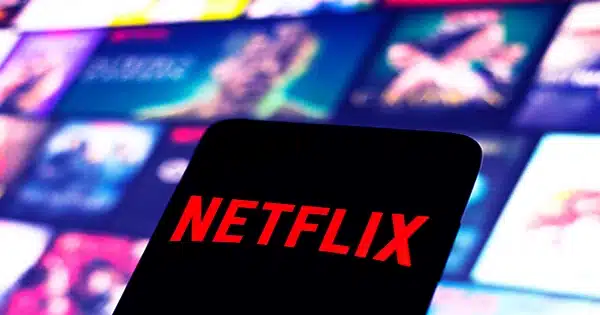The account-sharing crackdown announced by Netflix over a year ago and implemented in the spring has yet to scare most account borrowers into paying up. According to a new survey from Moffett Nathanson, it probably makes business sense anyway.
Publishers Clearing House (yep, the corporation does stuff other than mailing huge replica checks to people’s front doors) was commissioned by the market research agency to survey 19,000 Americans about their use of the video-streaming service in Q3. The first point is that most Netflix viewers follow the regulations.
A complete 77% of respondents said they solely use their own account, whereas 8% occasionally use someone else’s membership (for reasons unknown in the survey), and 14% only watch on other people’s accounts.

Parent-child sharing accounts for 42% of all account sharing, siblings account for 24%, and other family links account for 17%. The analysis warns of a potential mismatch between Netflix’s definition of a home—”people who live together in one household,” according to its documentation—and the more flexible definitions that these consumers may desire.
The bigger concern for Netflix in the short term is that most account holders have yet to receive a nastygram from the corporation. Only 23% believe they received a warning about their usage, despite the fact that 72% of those recipients had been locked out of their loaned account. The study did not mention whether any of these viewers attempted to circumvent Netflix’s sharing mechanisms.
Those figures show that the delayed deployment of the crackdown described by Netflix in July—when co-CEO Greg Peters remarked on the company’s Q2 earnings call that it is being “applied gradually”—hasn’t accelerated significantly since.
According to Moffett Nathanson’s analysis, most viewers who are caught account borrowing will shift their attention elsewhere. Only 32% of persons who borrowed a subscription and were blocked claimed they would get or already had their own account. This is a higher proportion than the 22% of debtors who still had access to a shared account and told PCH that they would or had already begun paying.
MoffettNathanson’s summary of the numbers: “If Netflix is able to entice 25% of current sharers to resubscribe to their ad tier, that would translate to 6.8 million net adds and $567 million in incremental annual subscription revenue.”
(This increase could be bigger if Netflix executes the rate raise suggested in an Oct. 3 Wall Street Journal report.)
Netflix reported in its Q2 financial report that it added 5.9 million new subscribers and that the “extra member slot” option, which allows individuals to add up to two extra people to their account for $7.99 per month per person, was popular. Its ad-supported tier is $6.99 per month, and Netflix discontinued its $9.99-per-month Basic plan in July, making the most affordable ad-free choice $15.49 per month.
MoffettNathanson’s research does not address whether account sharers used Netflix’s offer to prevent depriving friends and family of their Stranger Things dose. We hope that a future poll will address this, and that if Disney+ expands its account-sharing crackdown from Canada to the US, it will likewise investigate account borrowers on that streaming service.















